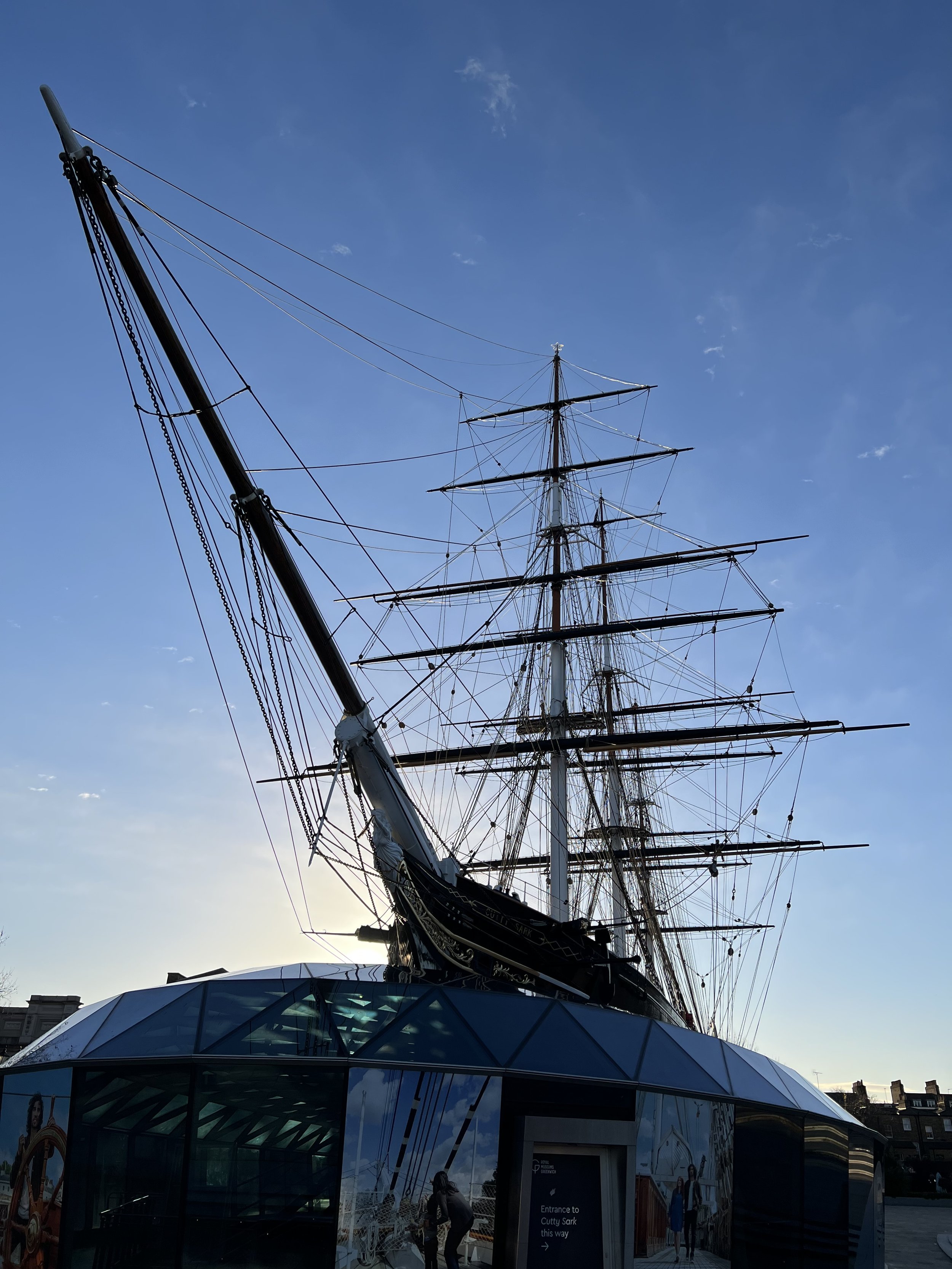National Cycle Route 21
A Wealden Farm
Ride Overview
It’s a ride of simple pleasures: city, woods, The Downs (both North and South), and sea. As with most of the National Cycle Network, there are many surprises; a quarry that barely speaks the name, a private school drive that must be one of the longest in the UK, the noise and drama of being almost on the runway at Gatwick, the green coridor on traffic-free paths which lead you out of London. Greenwich, a UNESCO World Heritage Site and the North Weald National Landscape are the two highlights, but as with any ride, there are moments of unexpected joy along the way - be in a bank of bluebells, the view of an oast house, the chiaroscuro of the woodlands, the scent of cut grass in the fields. It is a ride that is full of quiet joy and wonder and although most of it is an off-road route, it is perfectly rideable on any standard touring bike with 28mm tyres.
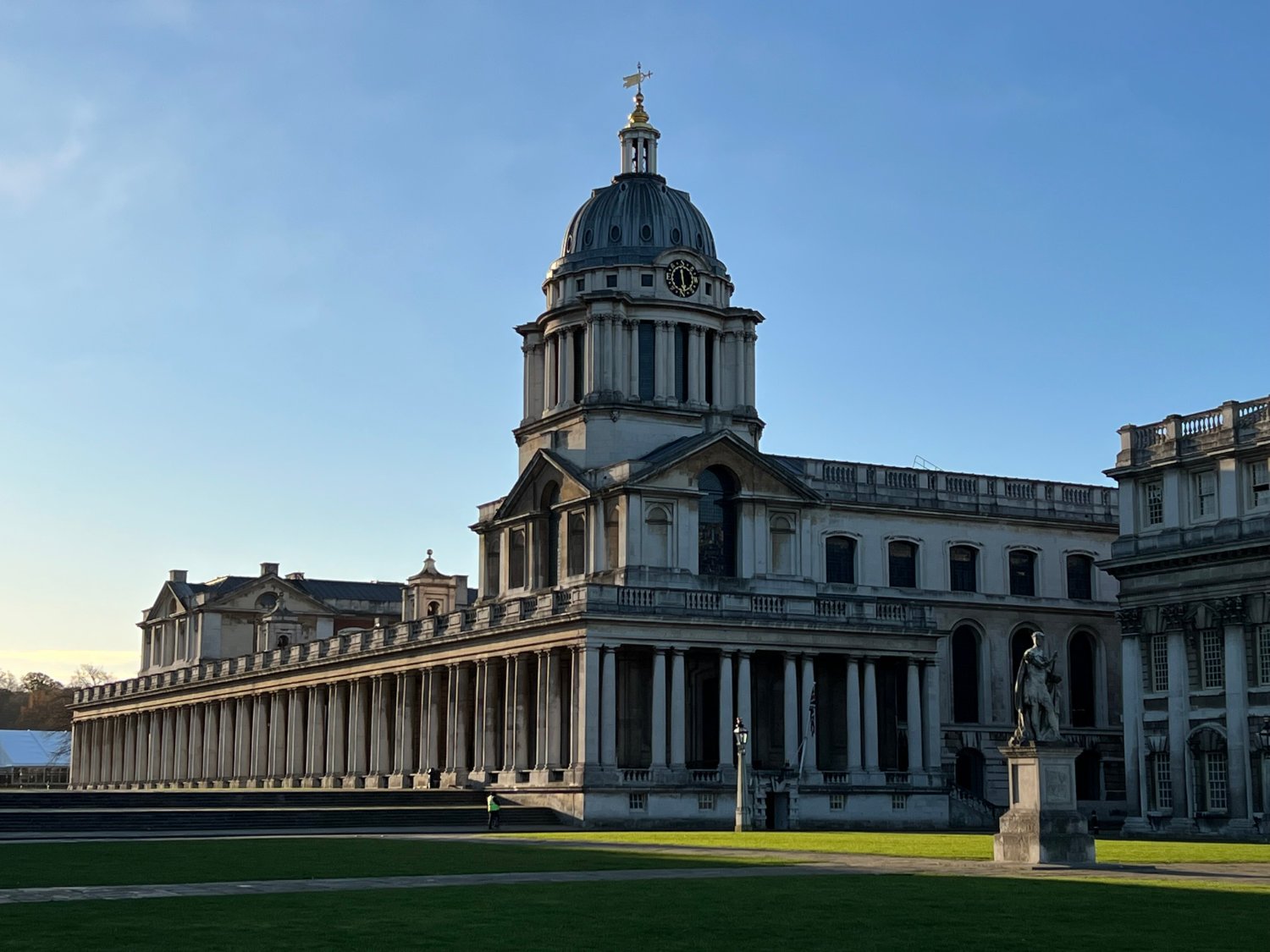
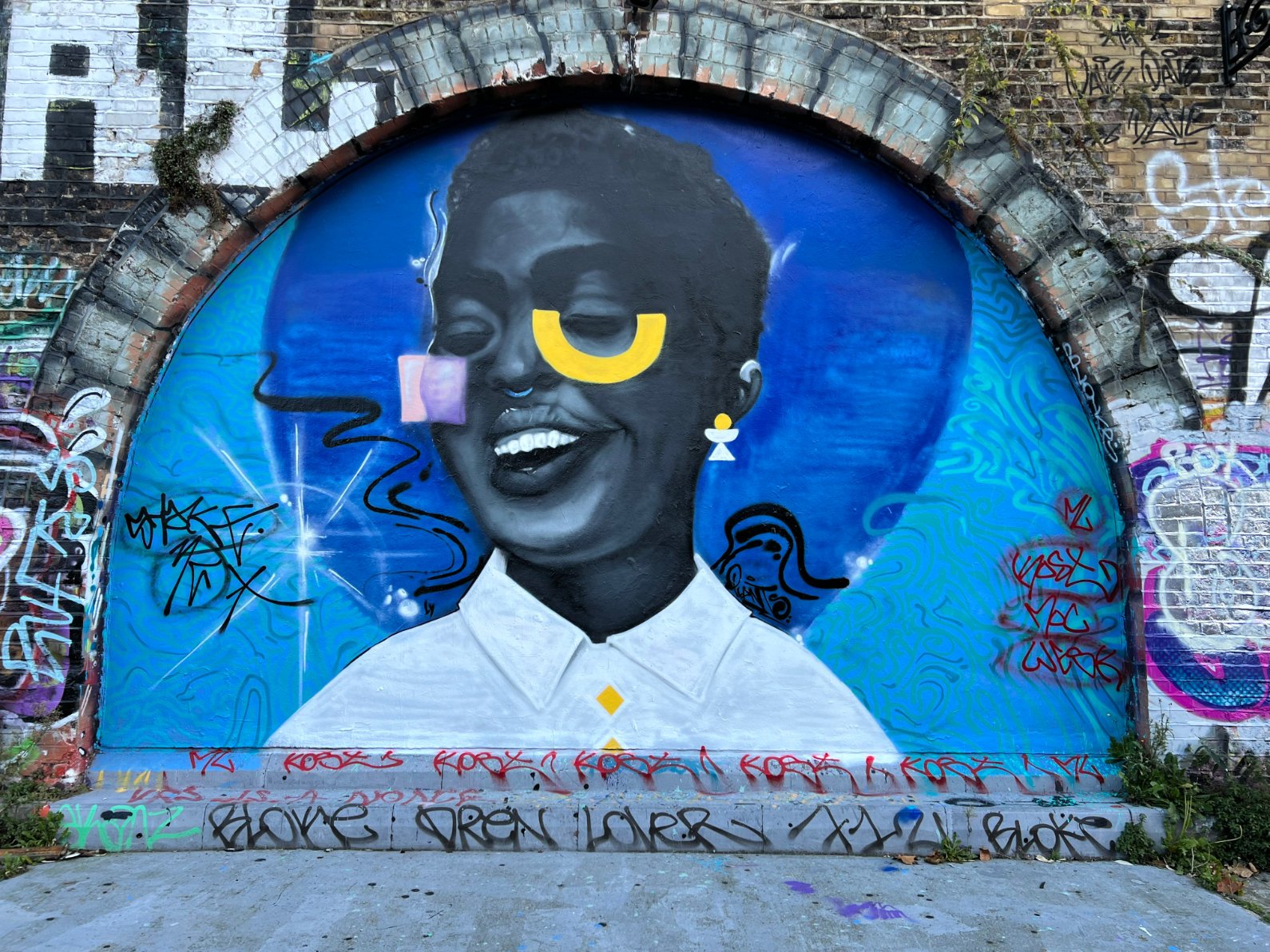
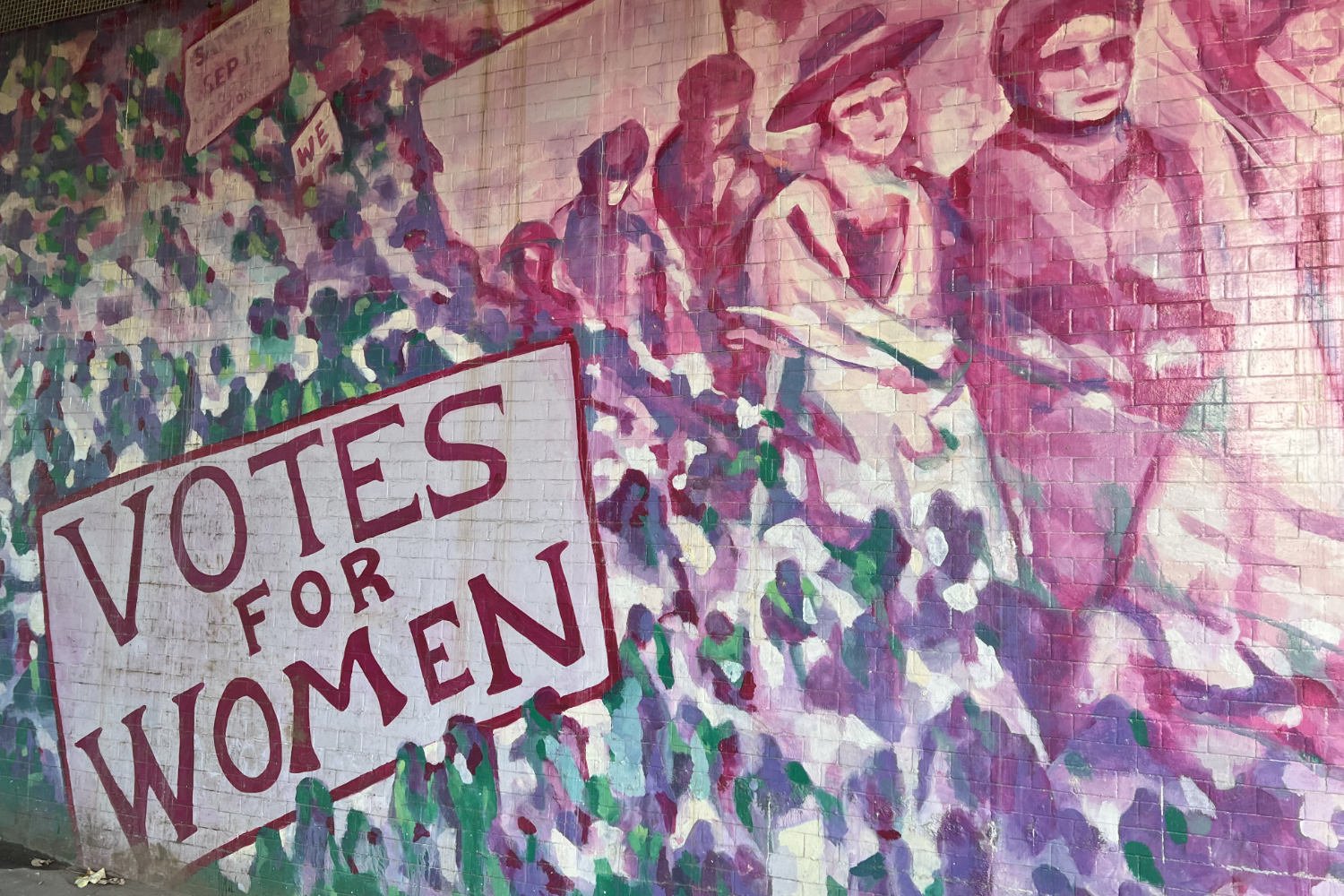
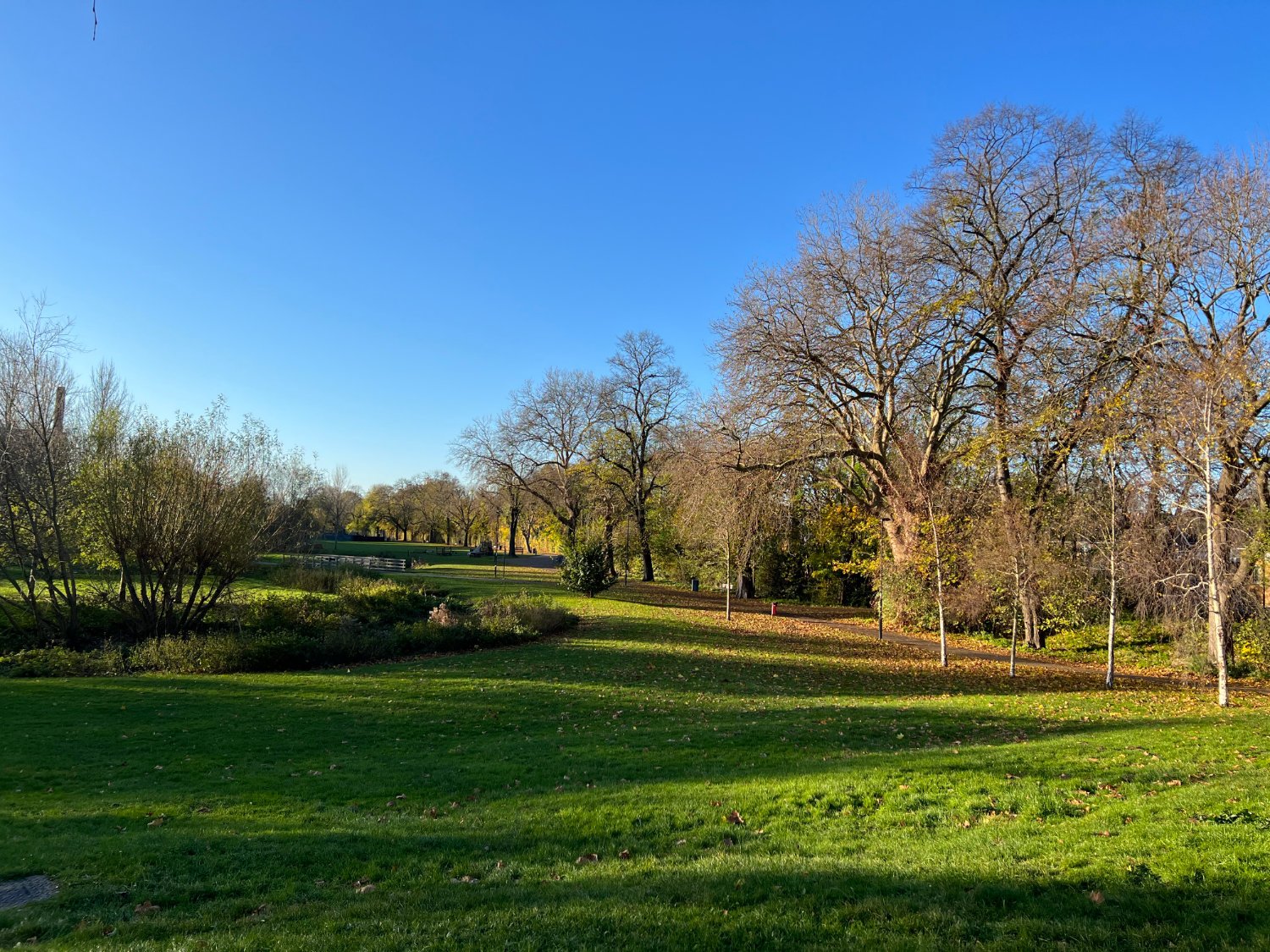
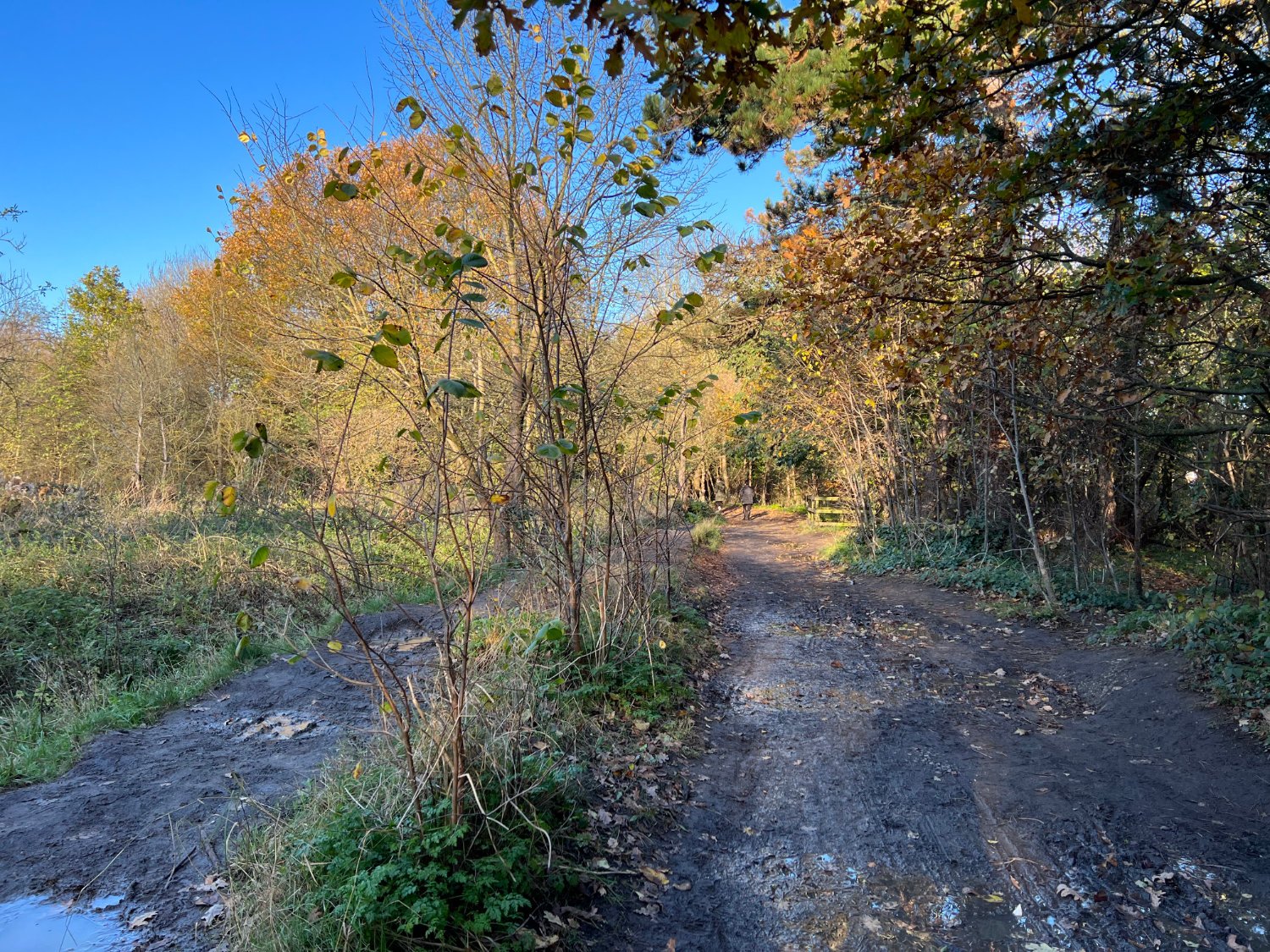
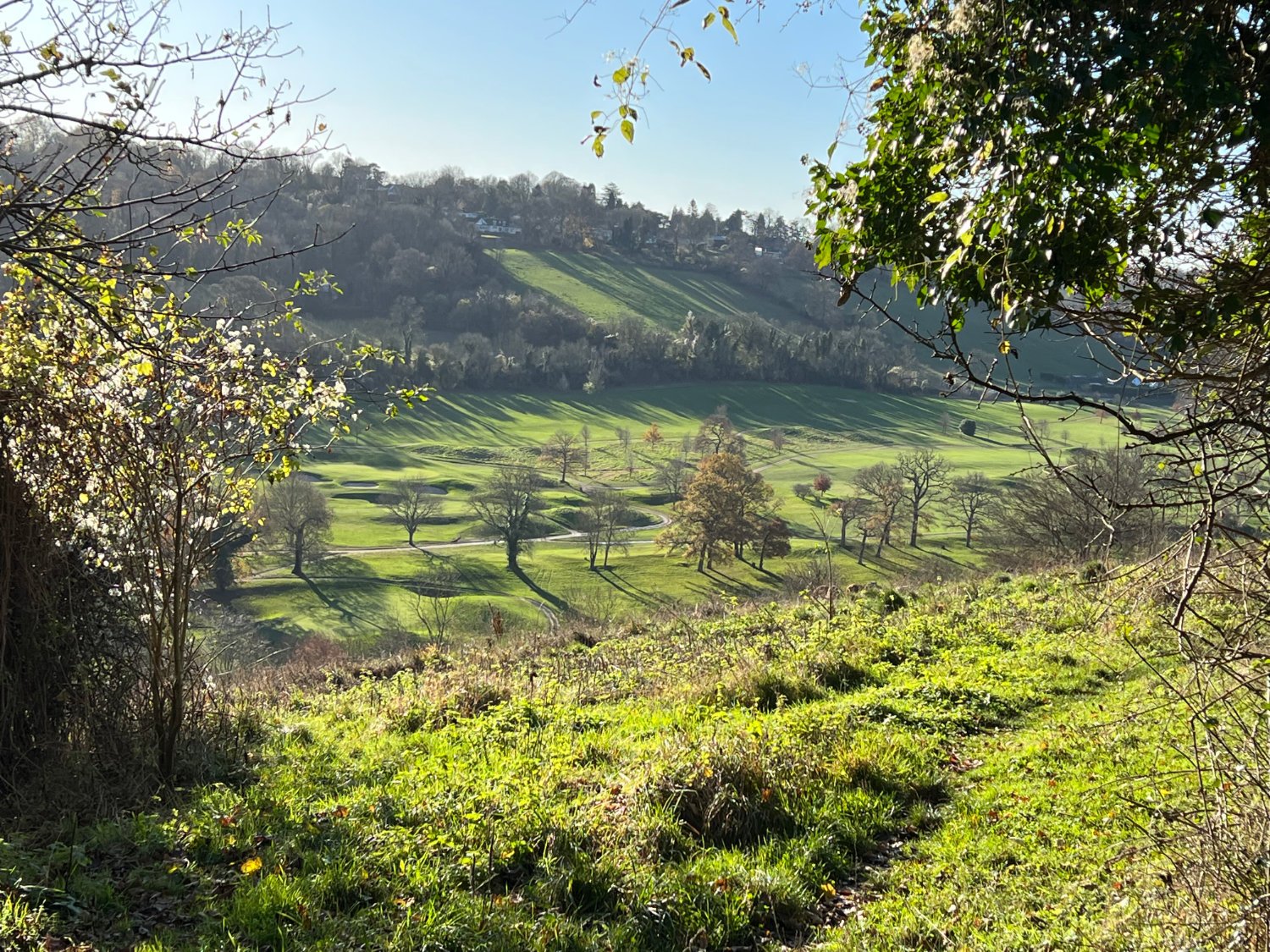
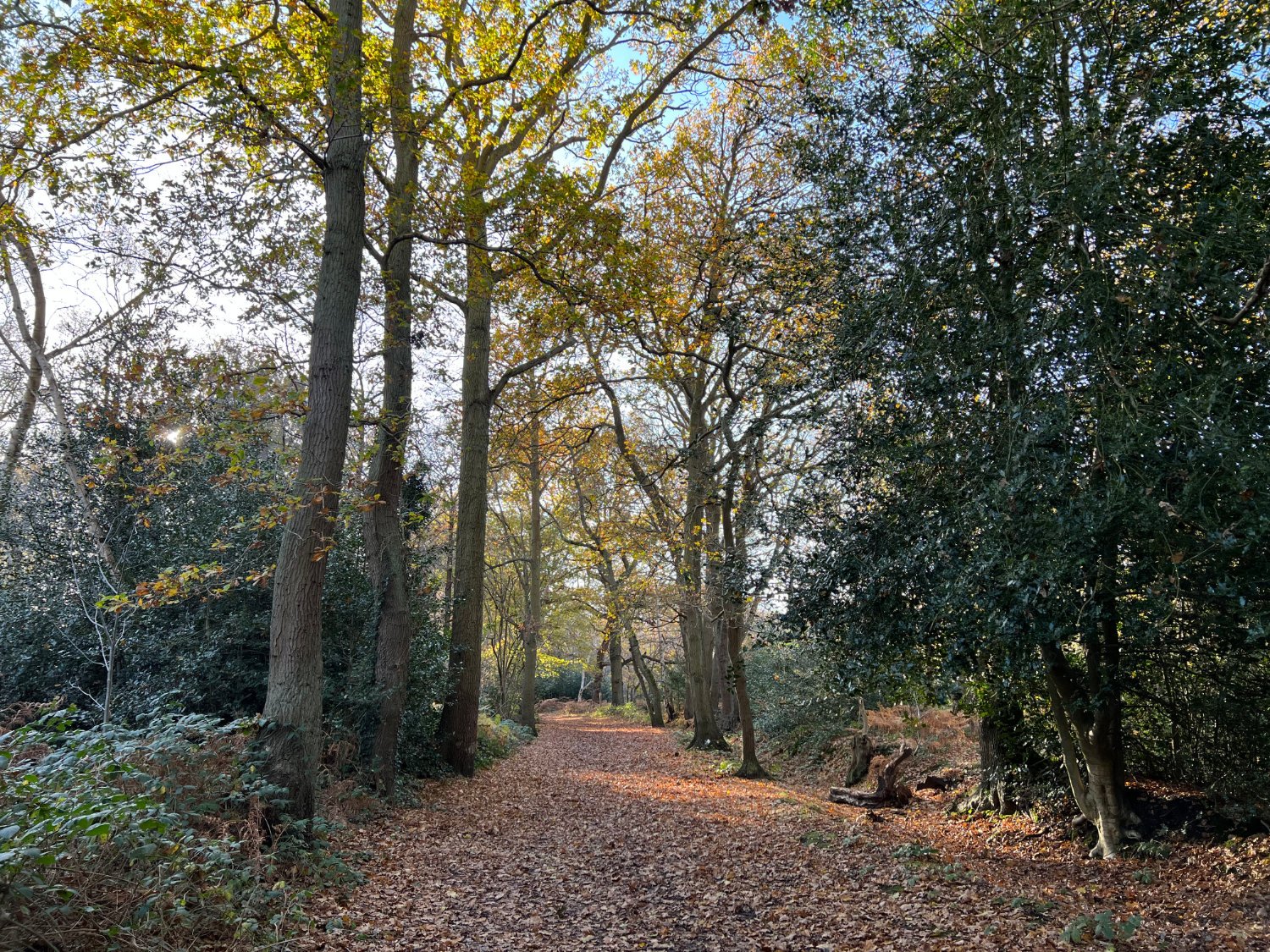
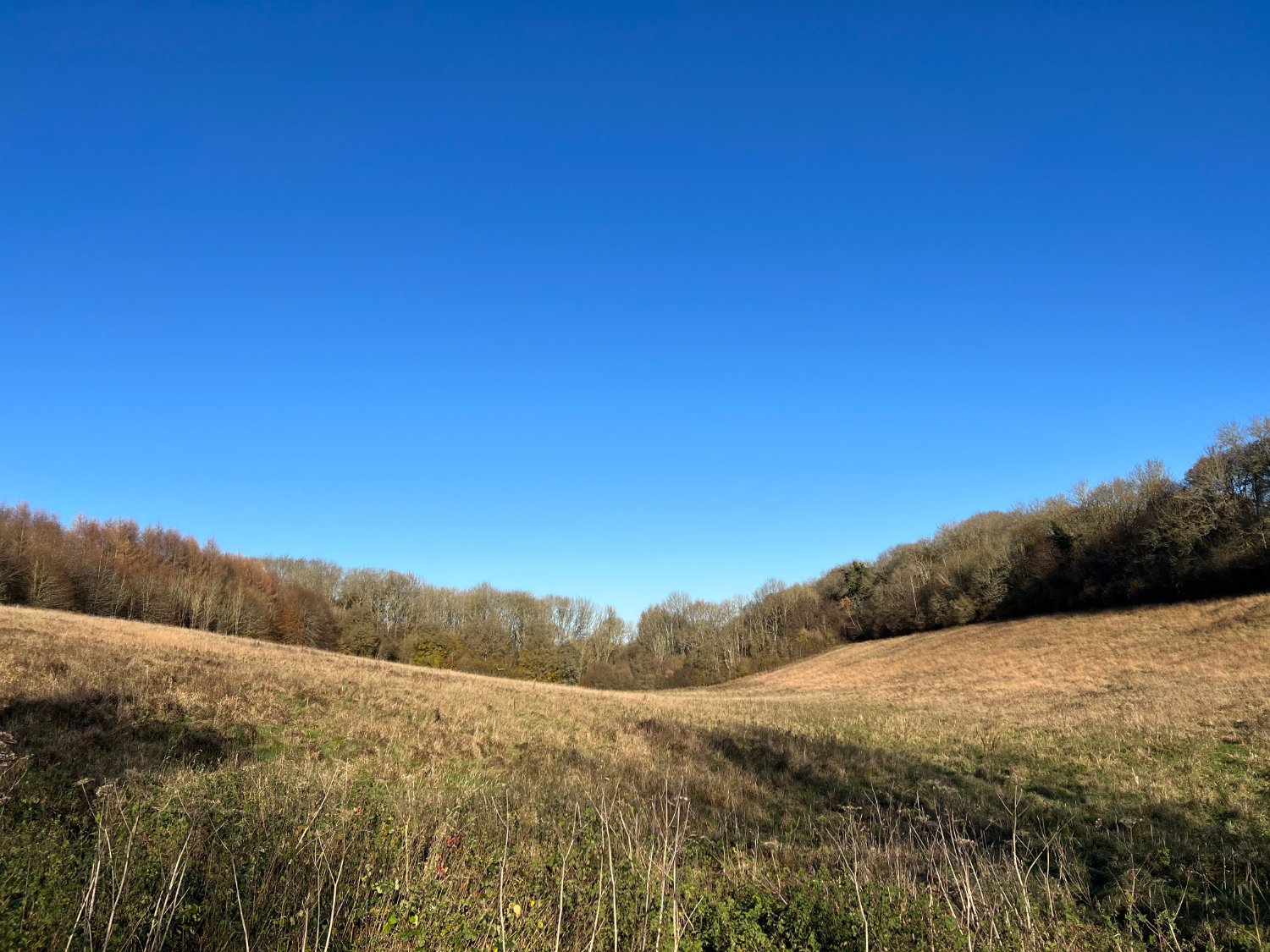
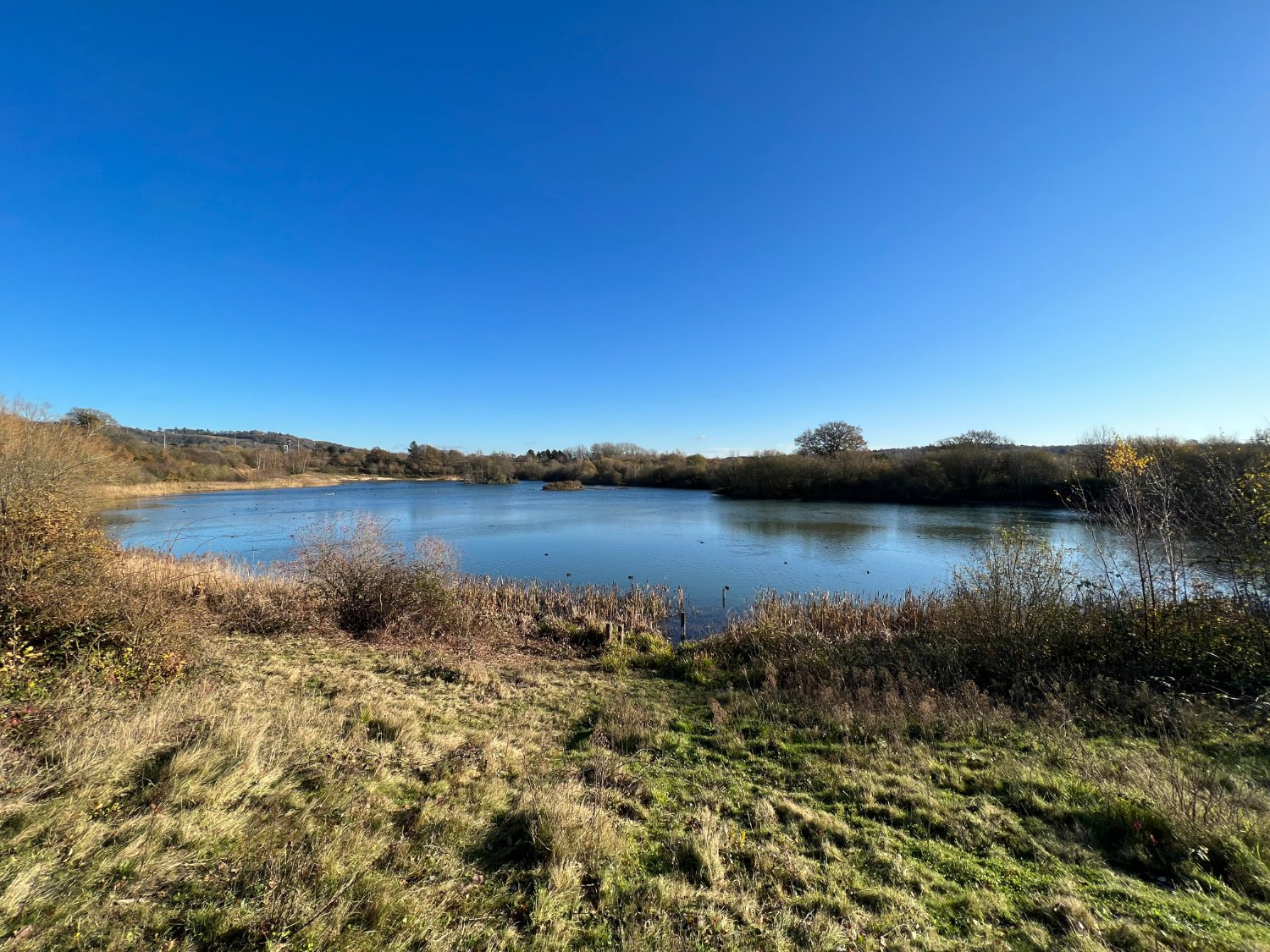
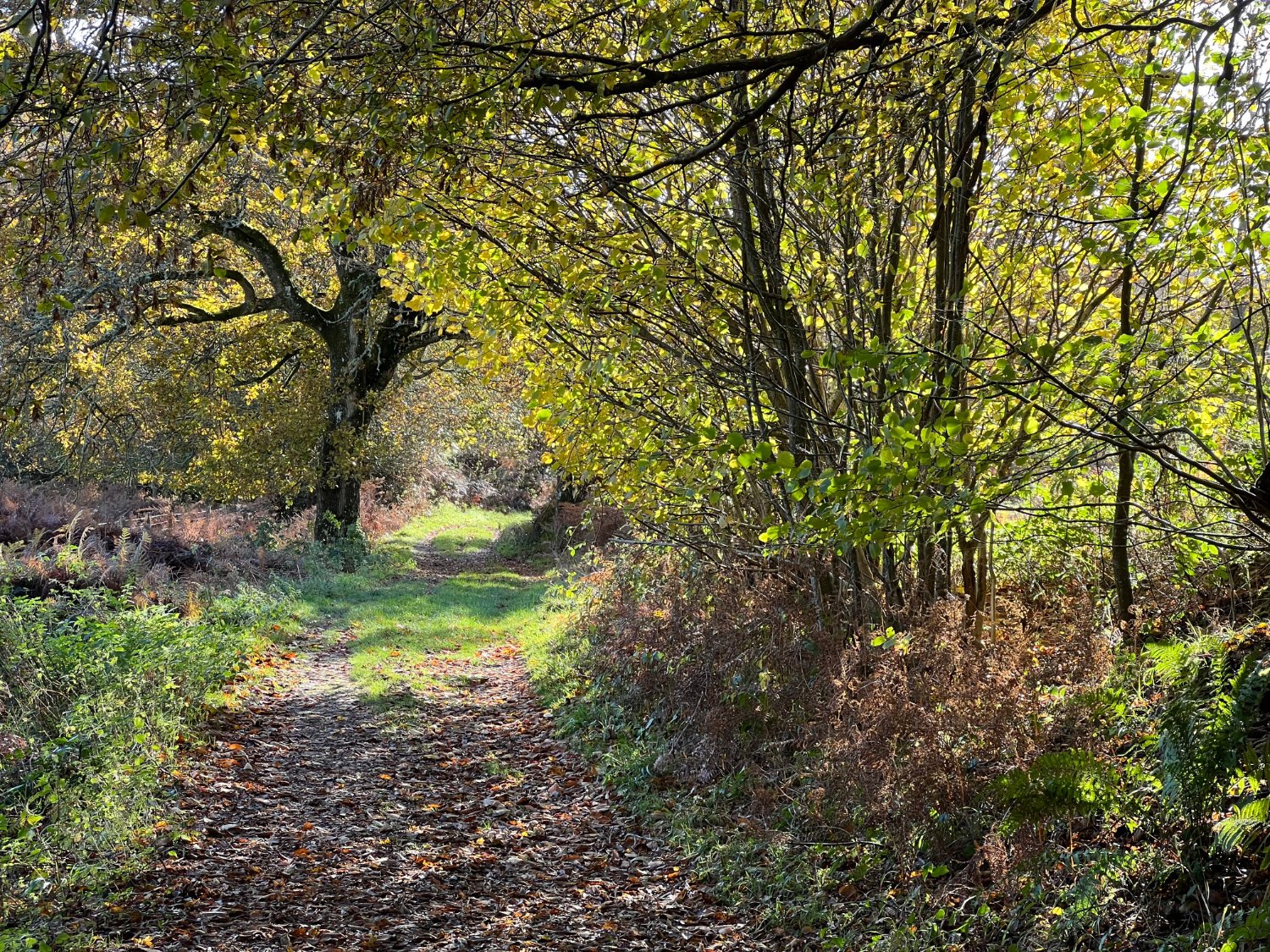
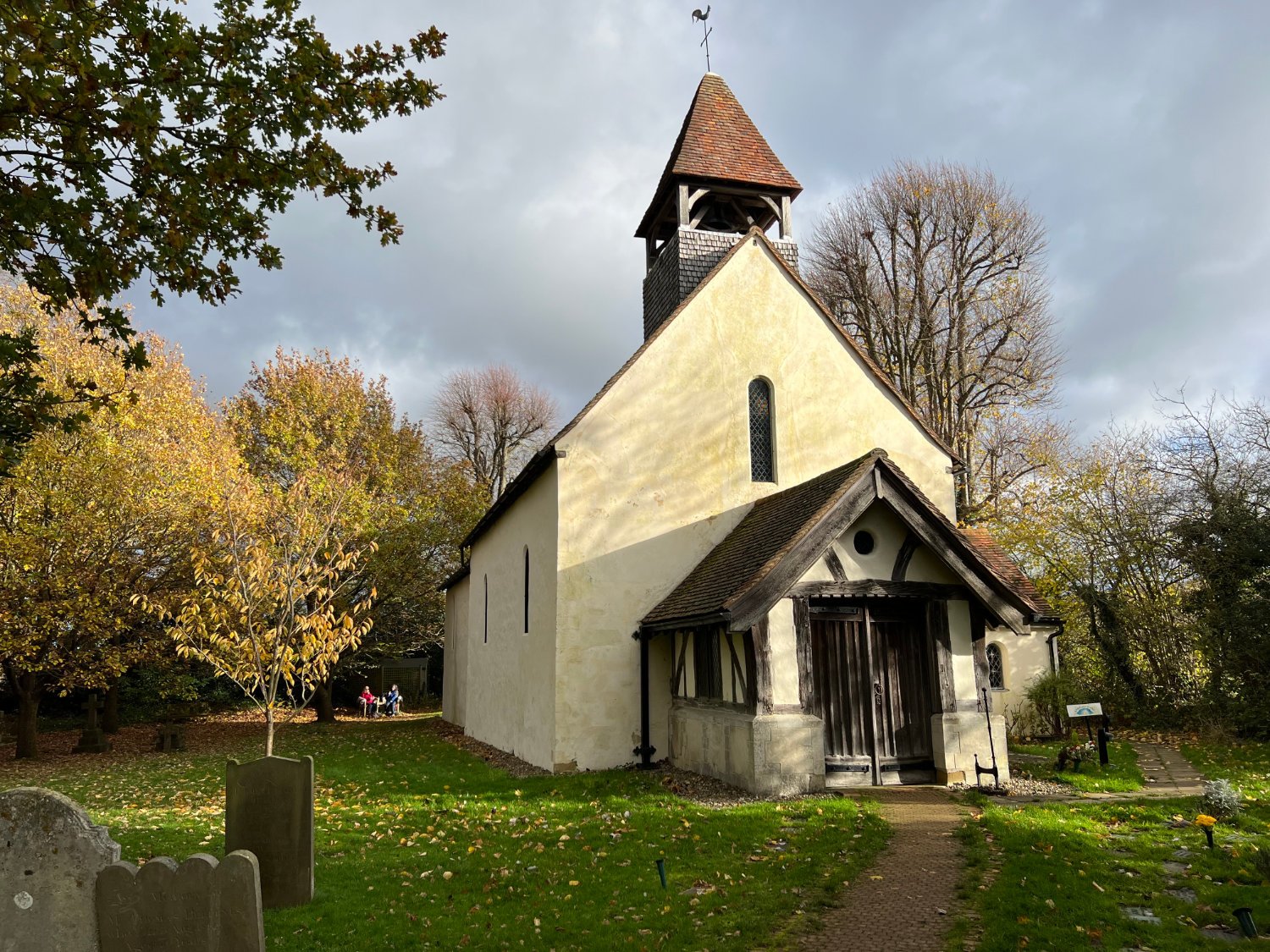
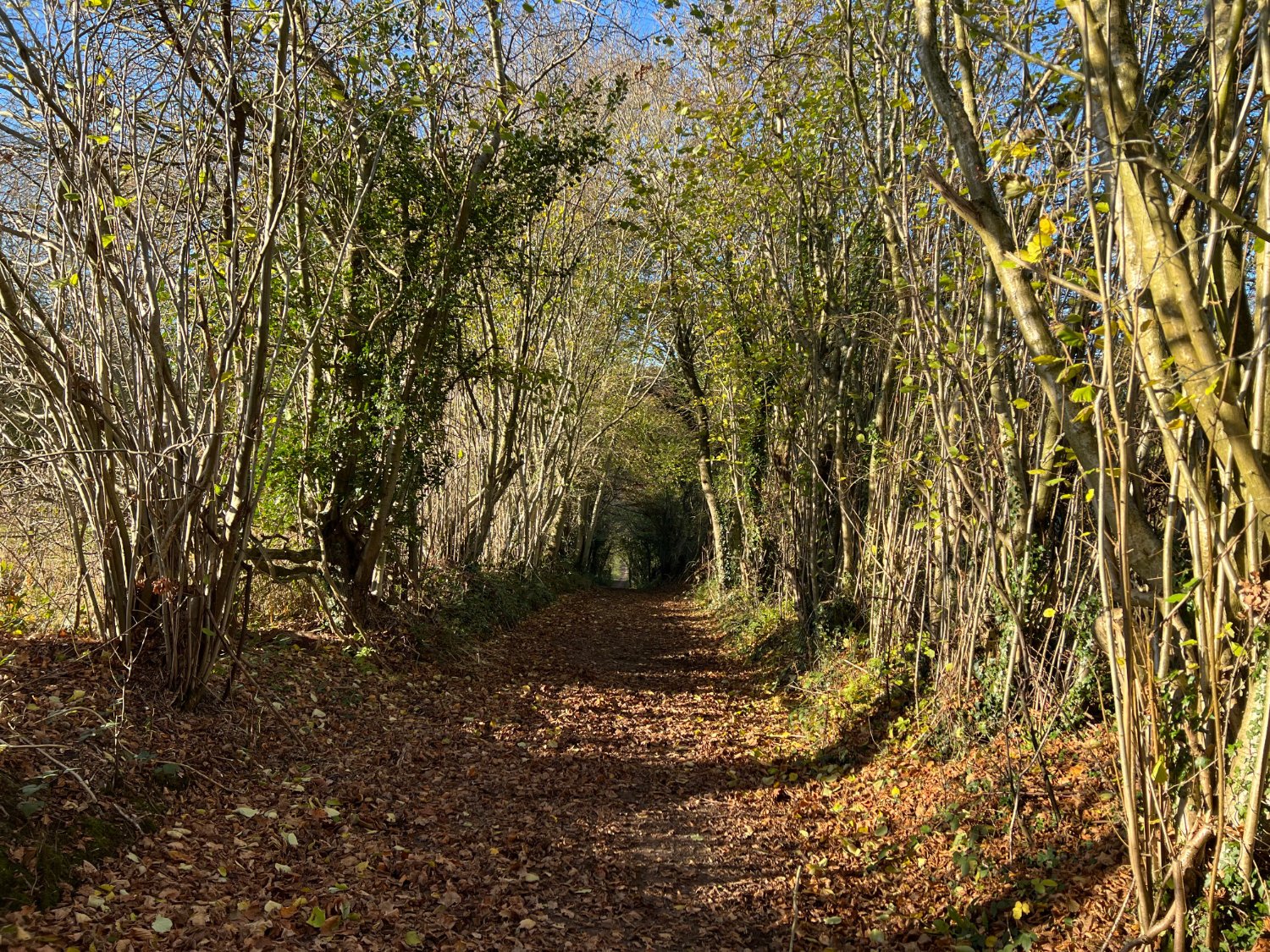
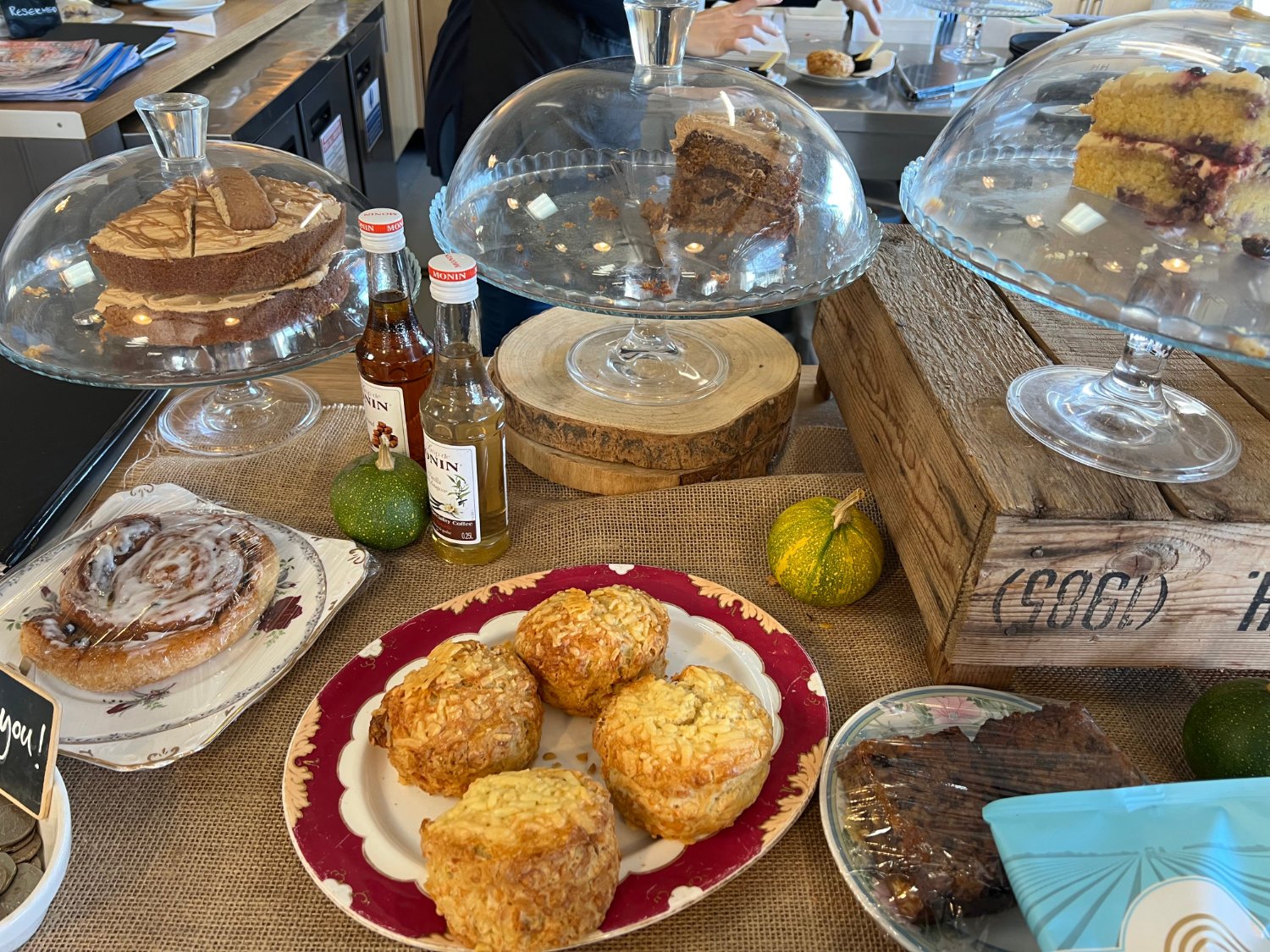
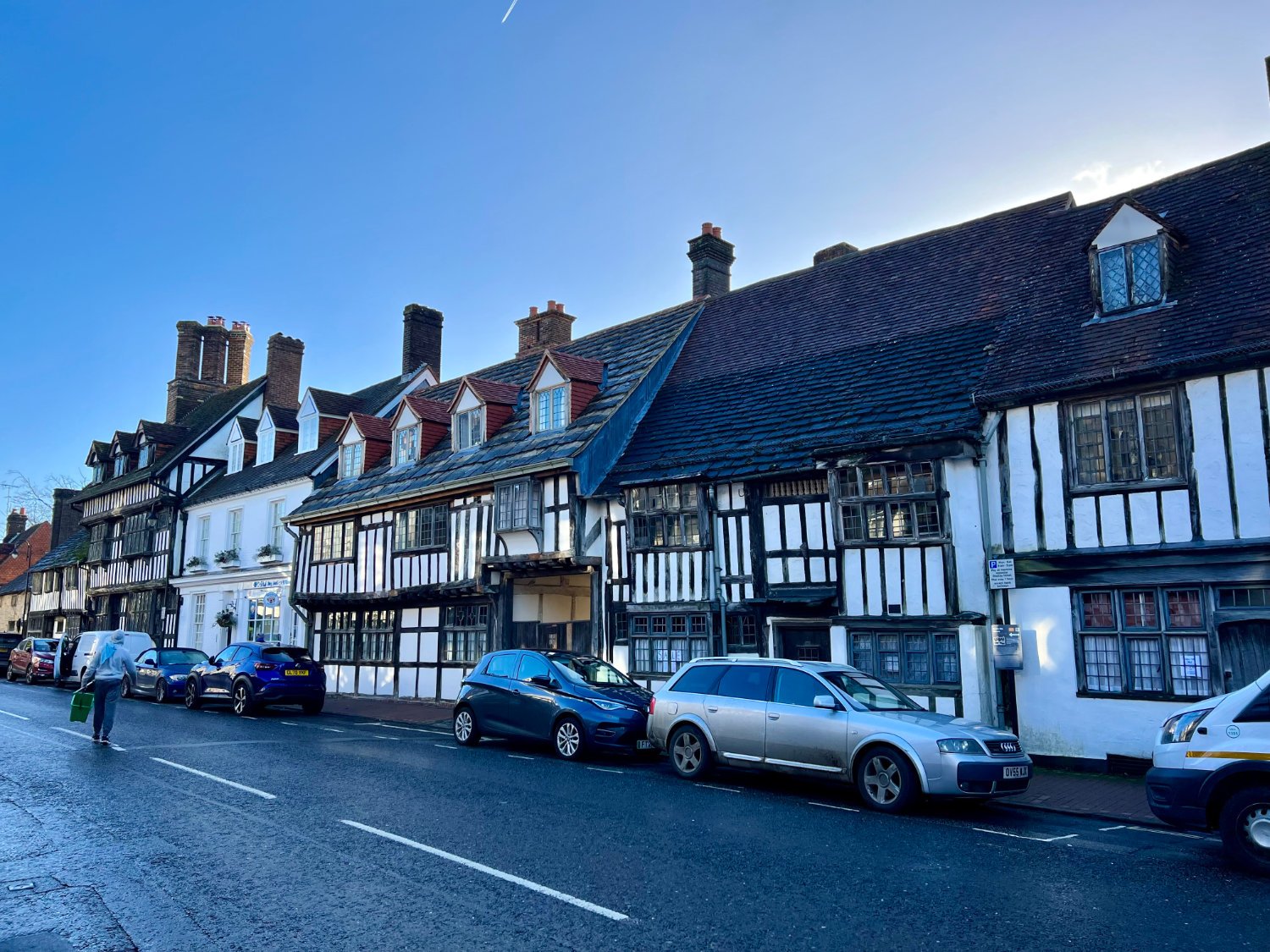
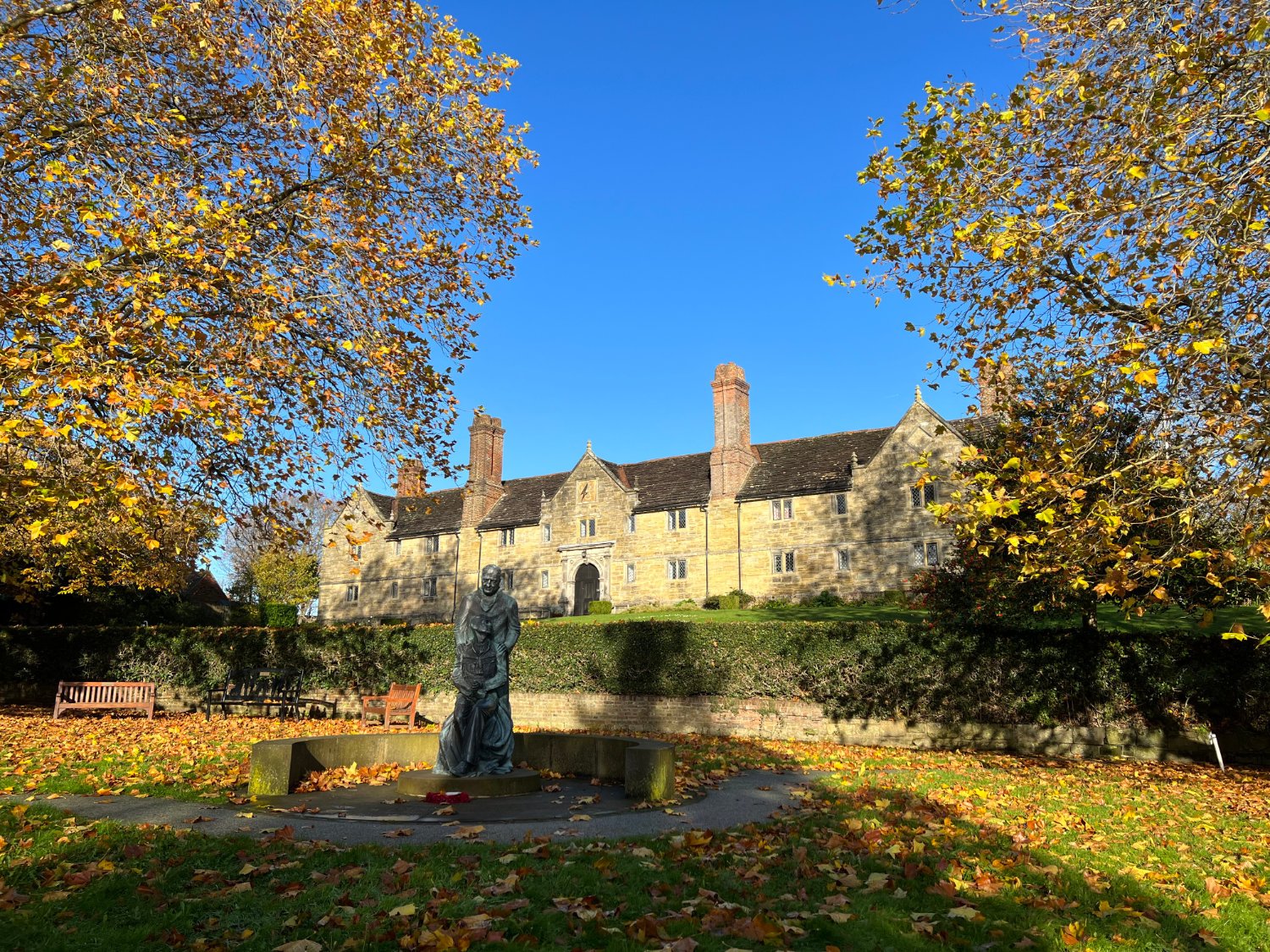
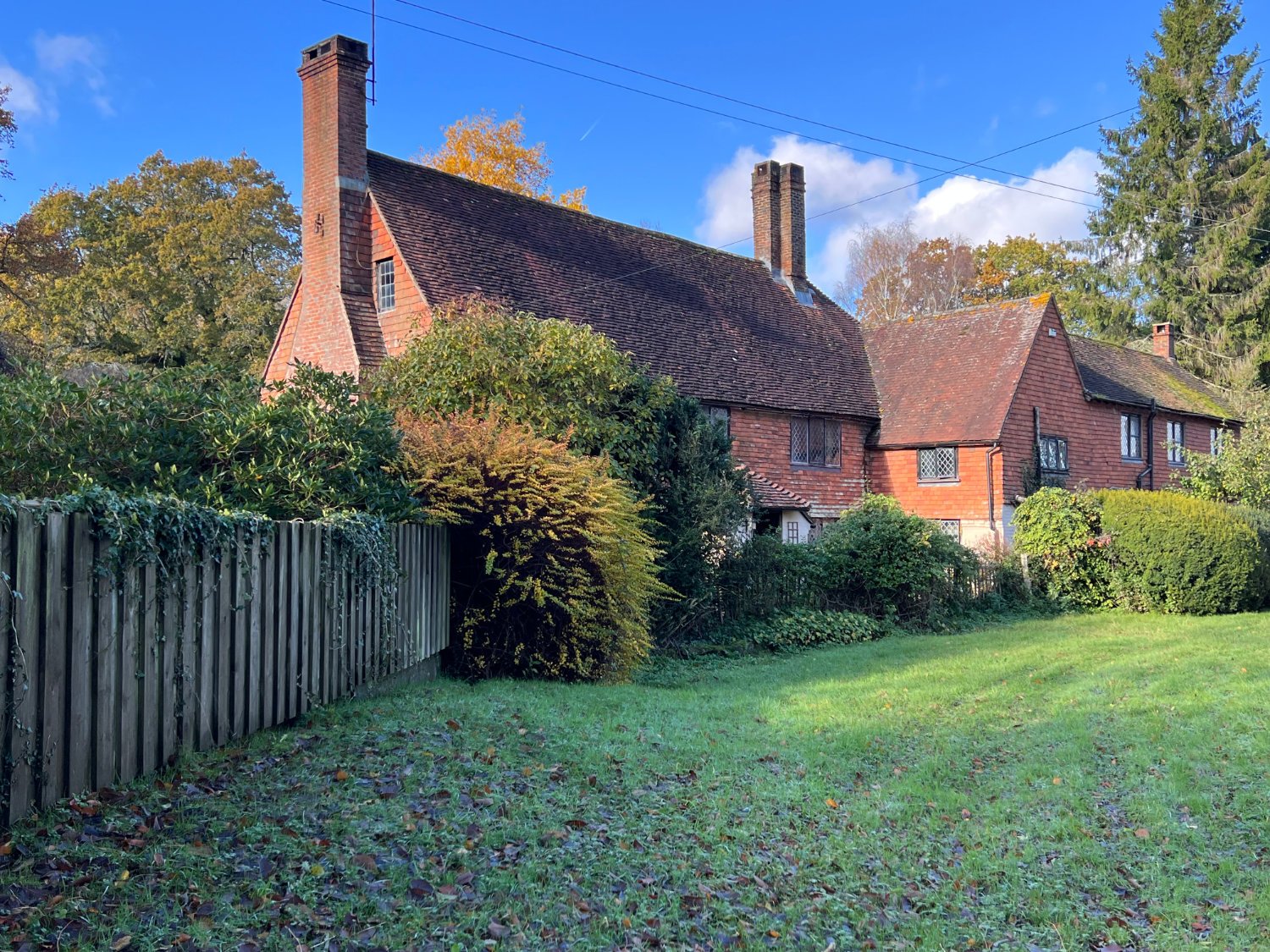
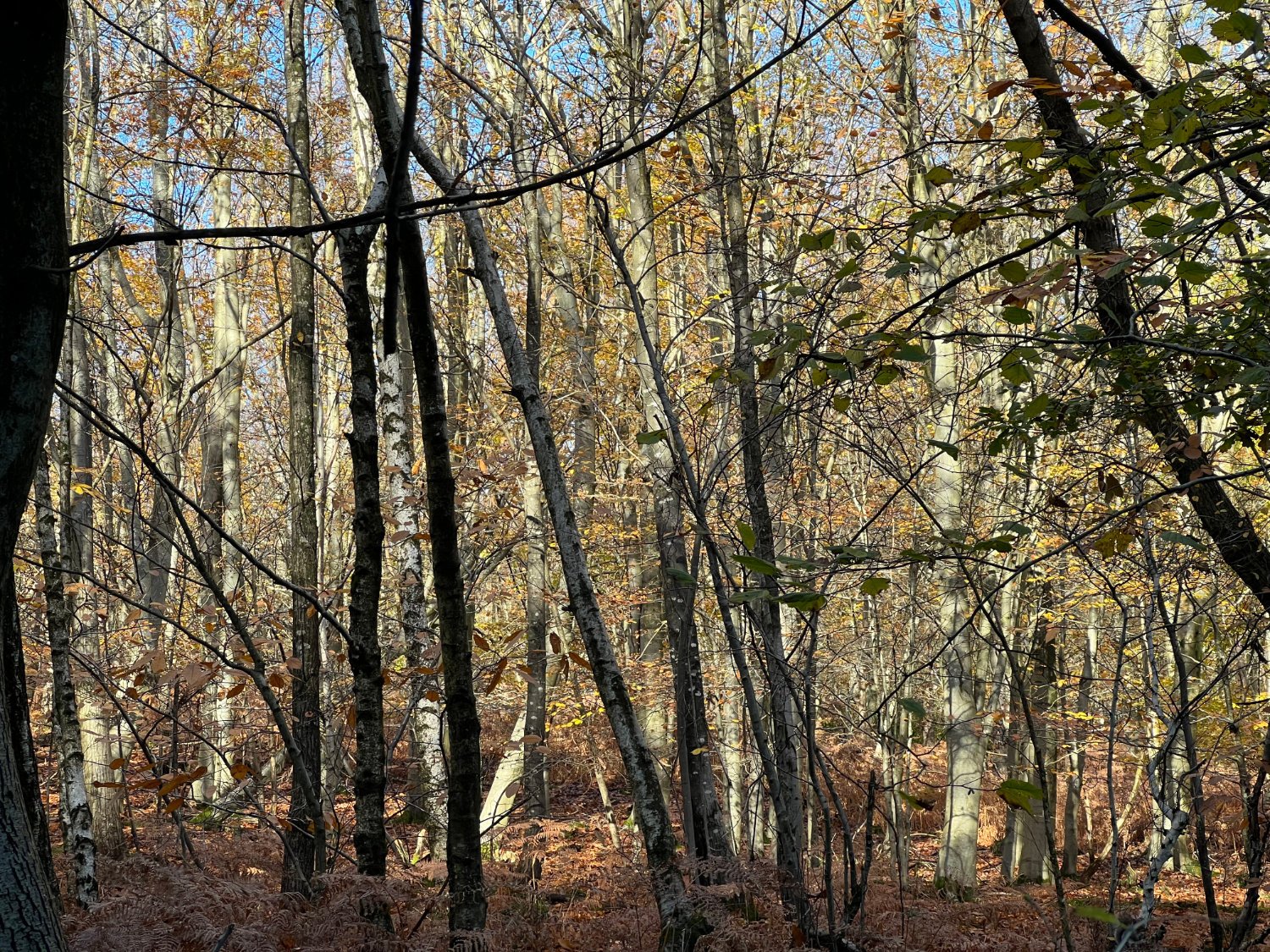
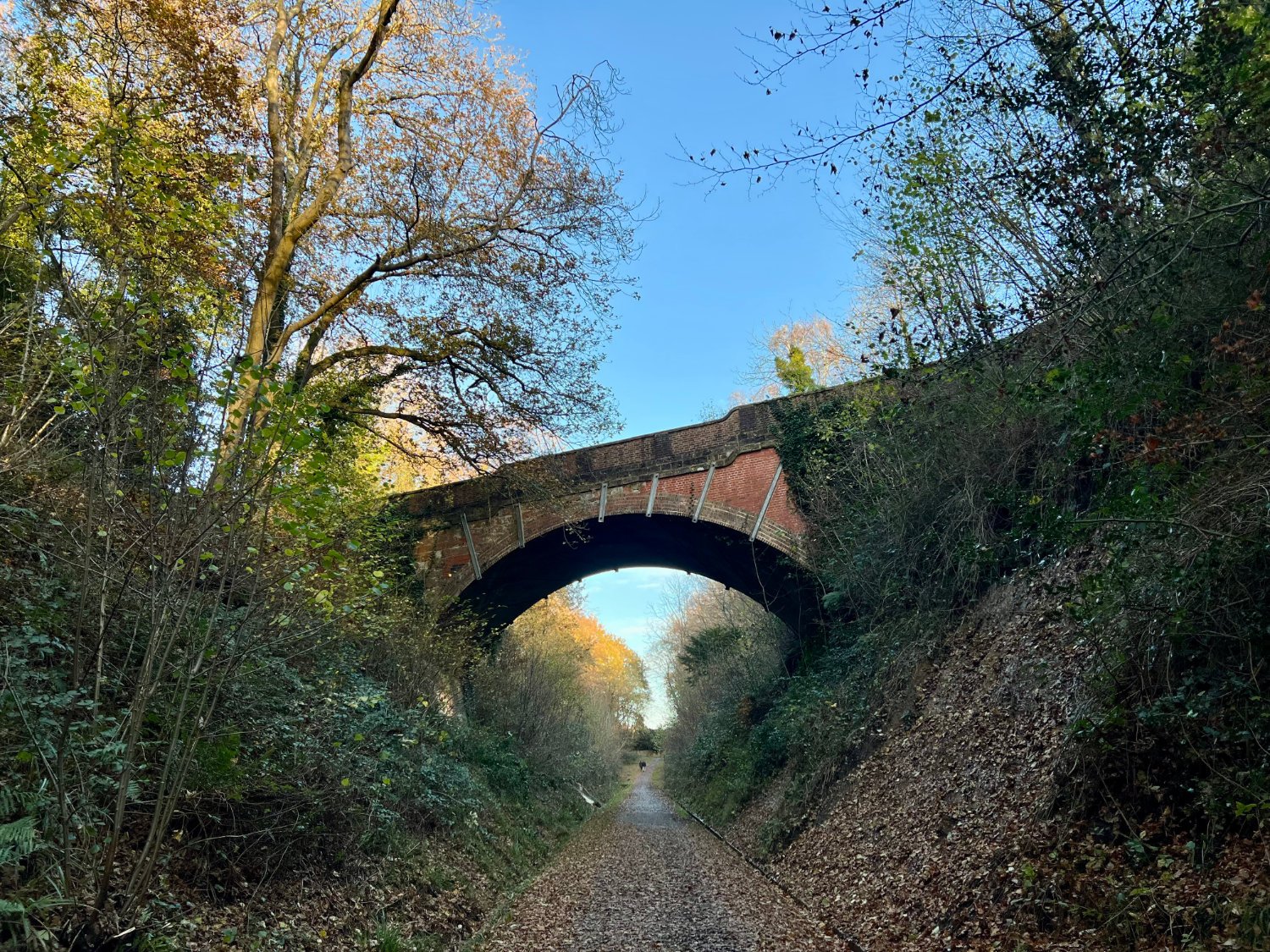
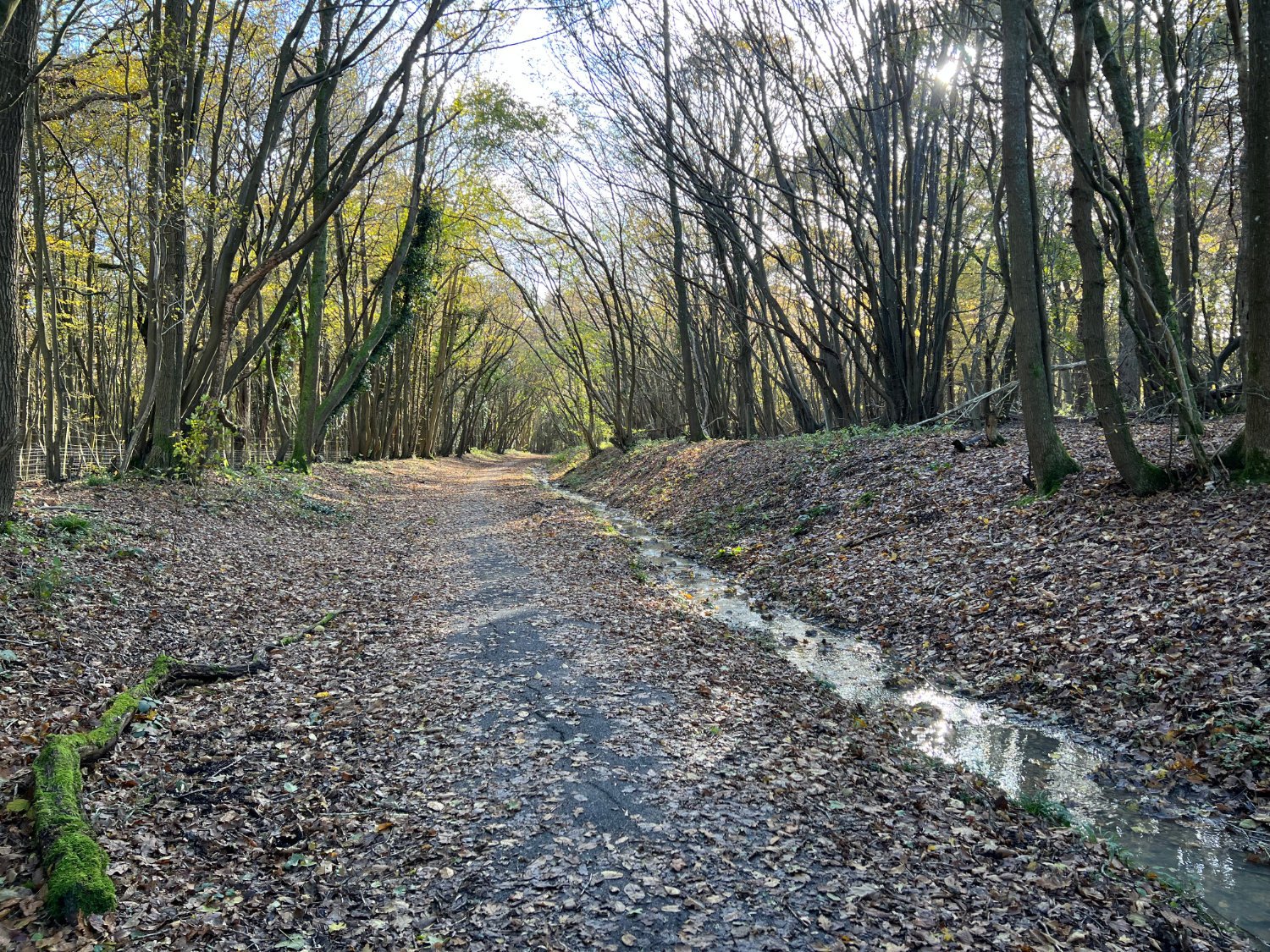
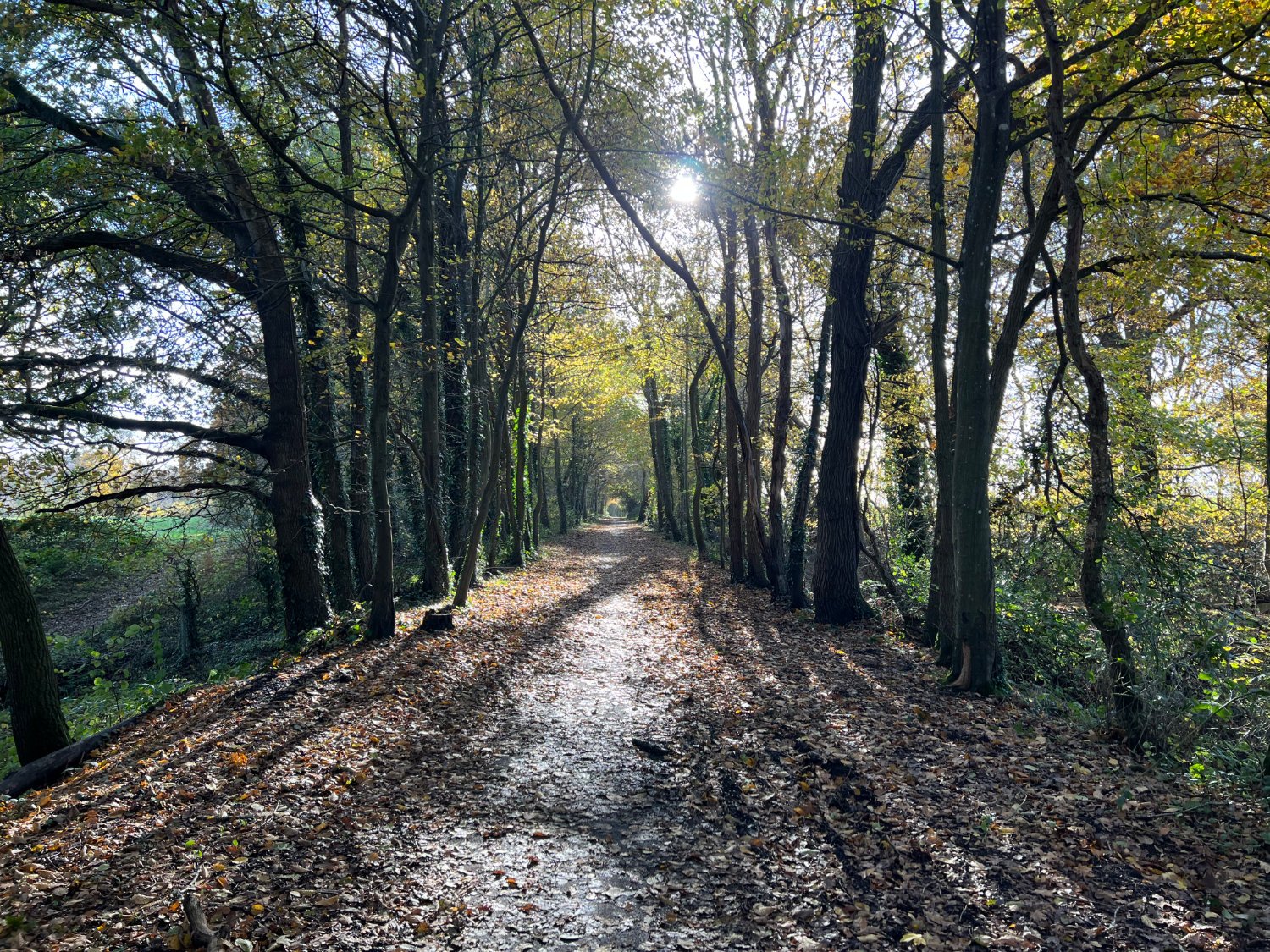
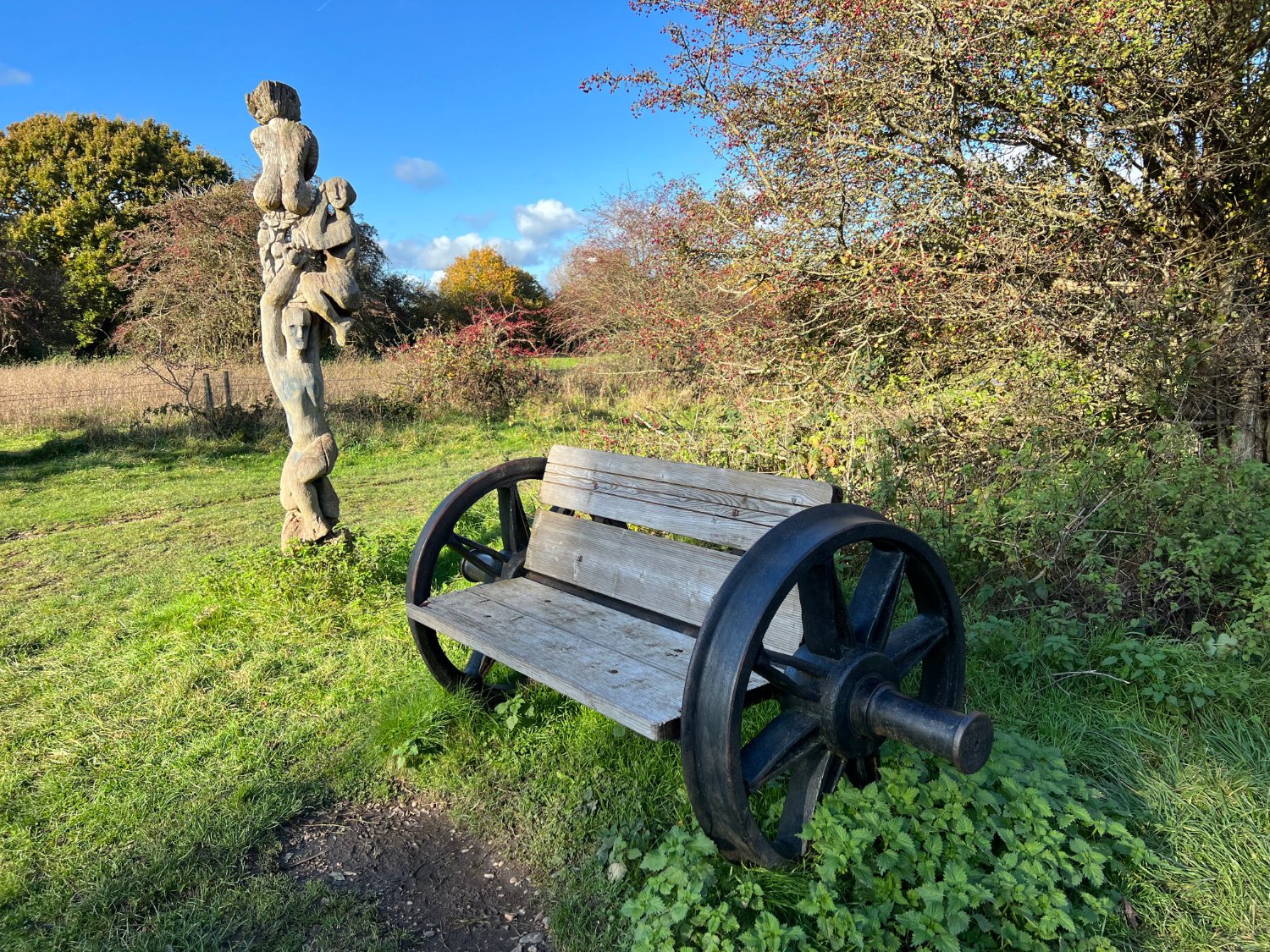
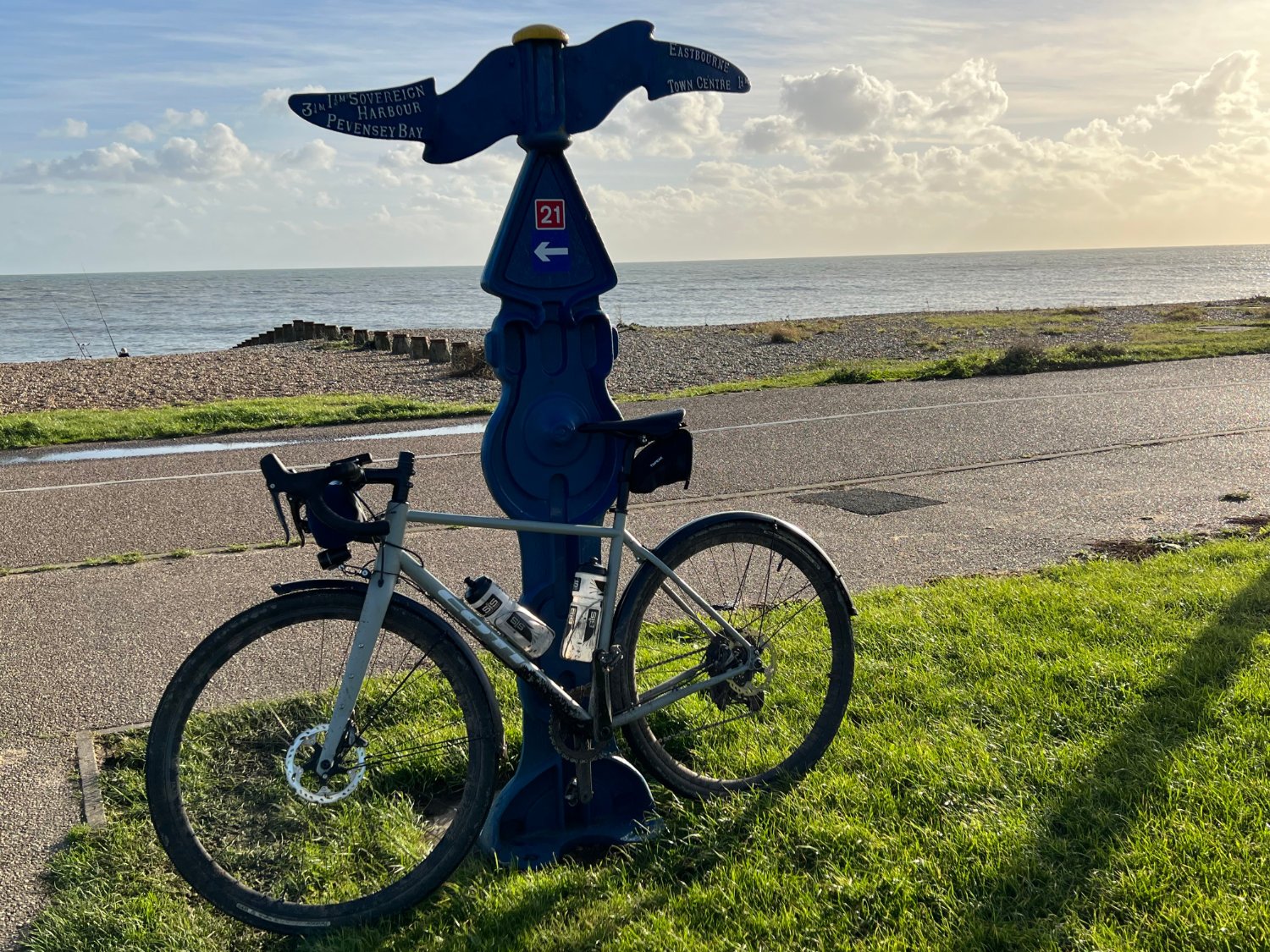
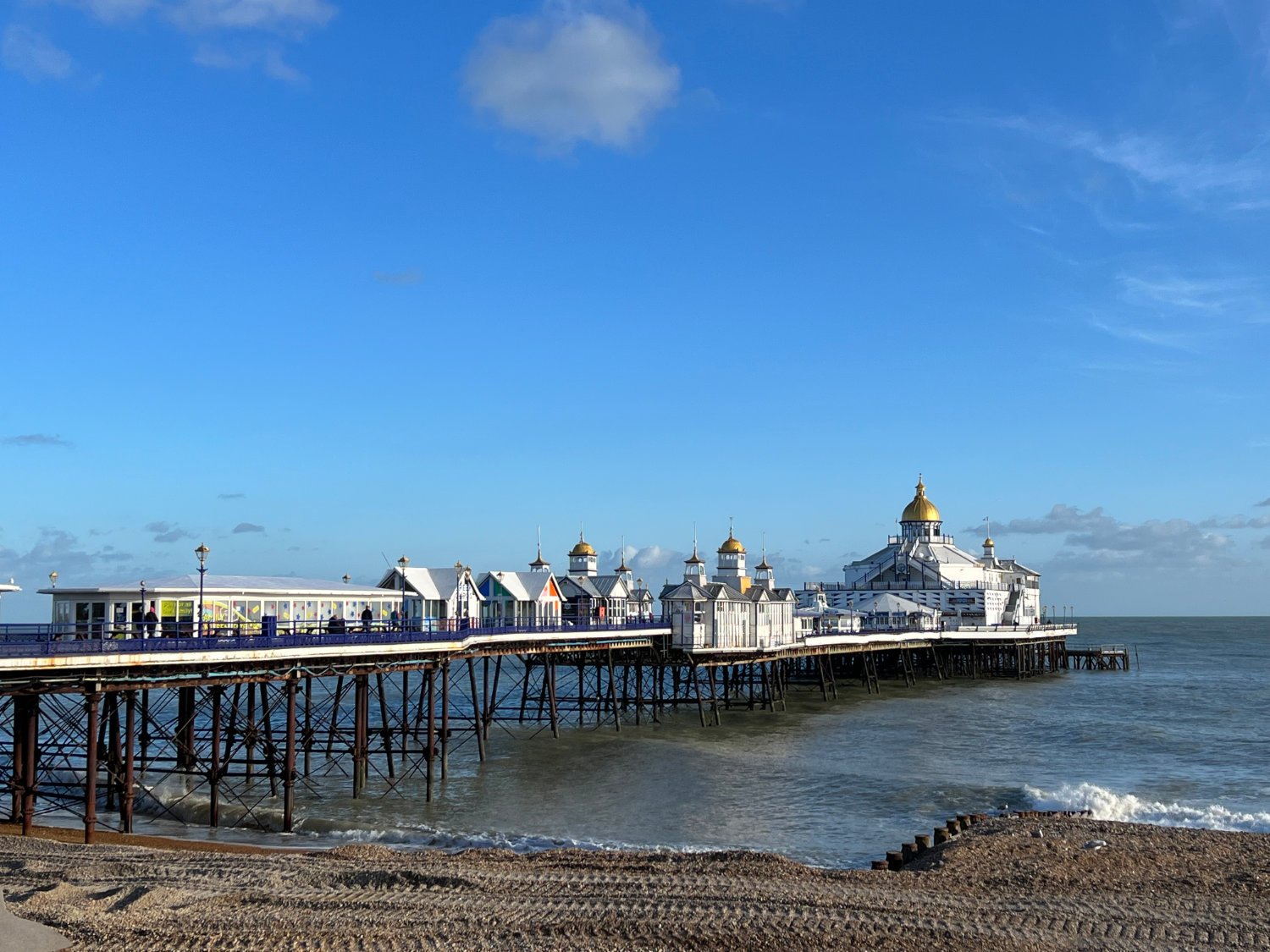
Ride Practicalities
START/FINISH: Greenwich, London/Eastbourne DISTANCE: 145km TOTAL ASCENT: 1390m TERRAIN AND SURFACES: Mixed surfaces including firm bridleways and cycle tracks. The section near Redhill can become very waterlogged after heavy rain FOOD: Rotherfield; Blossom and Bean, West Hoathly; The Cat Inn ACCOMMODATION: West Hoathly; The Cat Inn, Hook Farm Campsite PUBLIC TRANSPORT: Regular trains to London from Redhill, Gatwick Airport, Crawley, East Grinstead, Eastbourne LINKS TO OTHER RIDES: NCN 20, NCN 2,
*WMWG tried and test recommendation based on quality. Not necessarily the cheapest but probably the best available in the locality
Ride notes
Within 200m of the ‘official’ start of Route 21 is one of the world’s greatest Baroque masterpieces, The Old Royal Naval Hospital, Greenwich. It is a UNESCO World Heritage Site. Stand for a while amidst its splendour and enjoy the serenity of the mighty Thames flowing past you. There’s the Cutty Sark, the most famous ship in the world in its time as well as being one of the most beautiful ever to sail. Having taken all this in, succumb to your restless energy, and make your way along the river front to the Ravensbourne Creek, where you’ll pick up the first of NCN 21 signs (also signed as the Waterlink Way).
The Cutty Sark
The NCN 21/Waterlink signs guide you through Deptford and into Lewisham on back lanes, passing some fine wall art before following the river Ravensbourne, (named it is said by Julius Caesar who had a raven fly over him as he contemplated the marshy valley below him). You ride along a veritable green corridor which completely conceals the dense and drab housing of South-East London. There are municipal parks well laid out, and little wildernesses in suburban country parks. Willows, alders, poplars and generous banks of green escort you out of town on smooth tarmac.
Addington Church
In 1935, Central London was very overcrowded with many areas lacking the most basic facilities. The LCC purchased land around the periphery of the city and built new houses in ‘the garden village’ style. One of these settlements was New Addington, where 4,400 houses, shops, two churches and a cinema were built. However, it lacked good connectivity to the city and post WWII, suffered from neglect and became a bit of an outpost of social deprivation. Over the last twenty years or so Croydon Borough Council have done much to alleviate the town’s isolation, by building a new transport links including a tramway. Cycling through, you’ll be be struck by the spaciousness, and by the ‘cottage styled’ homes, as well as by all that greenery, all so far removed from the standard social housing estate.
NCN 21: take the unsigned track on the right.
Once through New Addington, a succession of rideable tracks lead you up hill and down to Woldingham. The tracks, even when their muddy after rain are perfectly rideable, on a good touring bike or hybrid. Gravel bikes will cruise along without effort. Once over the crest of the downs, you drop down into one of the loveliest valleys in Surrey, before heading up on a private drive for Woldingham School. Past the school and on the crest of the Downs, you’ll need to take the track leading off to the right - it is not signed. A series of tracks of varying degrees of smoothness (still fine on a touring bike, better on a gravel one), take you down the steep scarp slope to another of Surrey’s many golf courses. (As well as being the most wooded county, it is also has the most golf courses).
Sibelco Silica Quarry, Bletchingley
Thanks to the sandy beaches which bordered the warm tropical sea covering southern England between 145.5 to 66 million years ago (known as the Cretaceous period), Surrey is able to boast having the best silica (sand) for high quality glassware. If you thought that quarries were all stark cliffs, deep pools and ravaged landscapes, then the ride around the Sibelco Quarry will adjust your mental picture. Such has been the artful re-landscaping that the ponds and lakes, woodlands and grasslands all look as if they’ve been in the valley for millennia. Where the quarrying continues, the area is quiet and hard to see, other than a discreetly covered conveyor belt which arches over the path.
The end of the runway at Gatwick
Once off the North Downs, the route cuts west through Redhill, one of the least distinguished towns in Surrey, and then heads south to Gatwick, where there’s certainly plenty of drama and noise. You ride almost on the runway itself. Not only do you ride on protected paths at the head of the runway, but virtually through the train station, a service underpass and a business park with some better-than-the-usual blend, of business architecture. The route is always on a protected cyclepath and makes a good contrast with the country paths that you’ll be riding for the next 80km or so.
From modern business park to 18th century weatherboarded homes, tucked into clearings within the broad-leafed woodlands. Peace and tranquility are restored as you pedal along The Worth Way, a former railway line. The banks of the cuttings are high, the light laces and lances through the roof of trees, nuthatches and chaffinches sing their song. At Rowfant, there are relics of the former station, built after an agreement with the landowner (Curtis Miranda Lampson, an American fur trader) who gave up land in return for a private station.
The Worth Way
If you are splitting the route into two parts, East Grinstead is your half-way stop. An old coaching town, there are regular trains back to London and there’s many an old Inn to lunch in. 6km off the route is The Cat Inn, a pub with rooms in West Hoathly, and in the same village, Hook Farm Camping.
The next 70km of Route 21 are ridden entirely within The High Weald National Landscape and is ridden on two former railway lines: The Forest Way and the Cuckoo Trail. It’s southern England at its country best. A medieval landscape of wooded and rolling hills. Fields are irregularly shaped, farmsteads scattered, villages untouched by modernity. Flowers are thick upon the ground. Should a journeyman from the 15th century be with you, they’d comment on how familiar the landscape is. Oast houses, vineyards, farm shops, cafés and country pubs gather around you.
The Cuckoo Trail is full of sculptures and bench
The route into Eastbourne cleverly avoids main roads and suburbs, and although you’ll have smelt the sea for some time, the actual sight of it comes as a surprise. There it is, suddenly, the sandy beach, the sea in its various shades of blue and Channel Brown. Your arrival point is a reasonably deserted stretch of coast, perfect for a quick dip before heading into town along the excellent cycleway.
Eastbourne, a resort built “for gentlemen by gentlemen” owes its existence to the 7th Duke of Devonshire. Having persuaded the railway to arrive in the town, he set about creating a resort based on European ideal: wide promenades, gracious hotels facing the sea, a pier and gardens along the seafront. The seafront still retains the facade of elegance.

